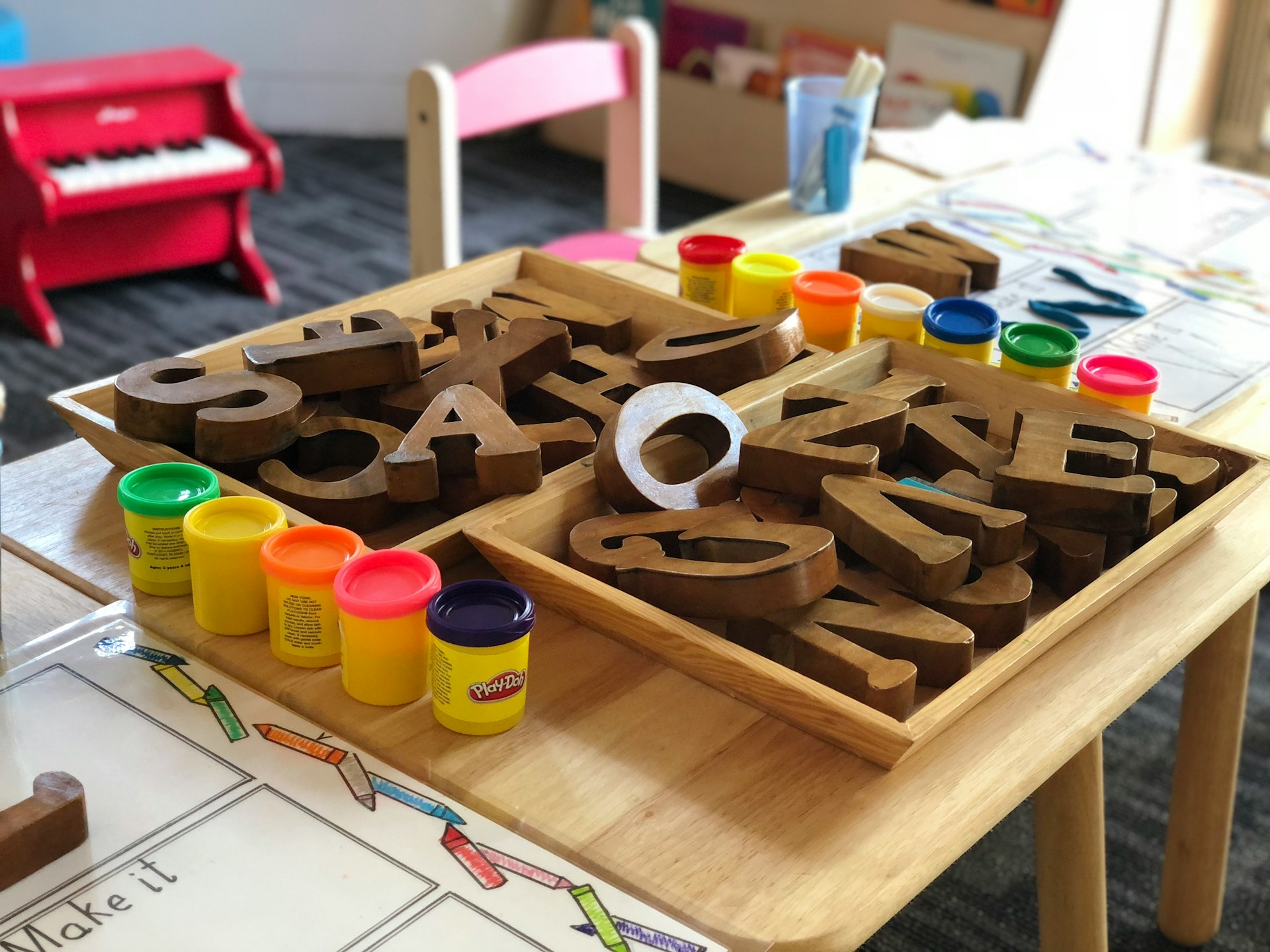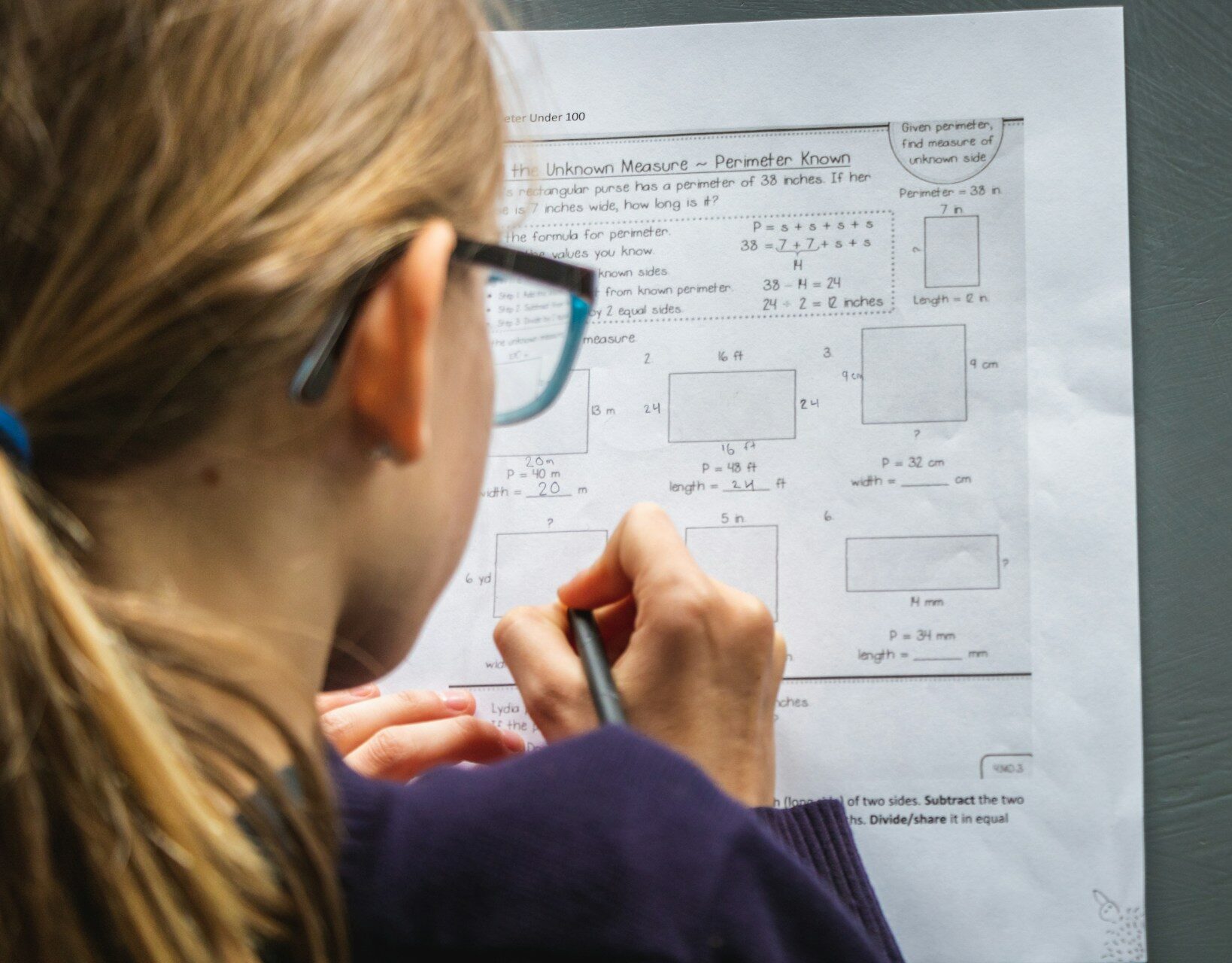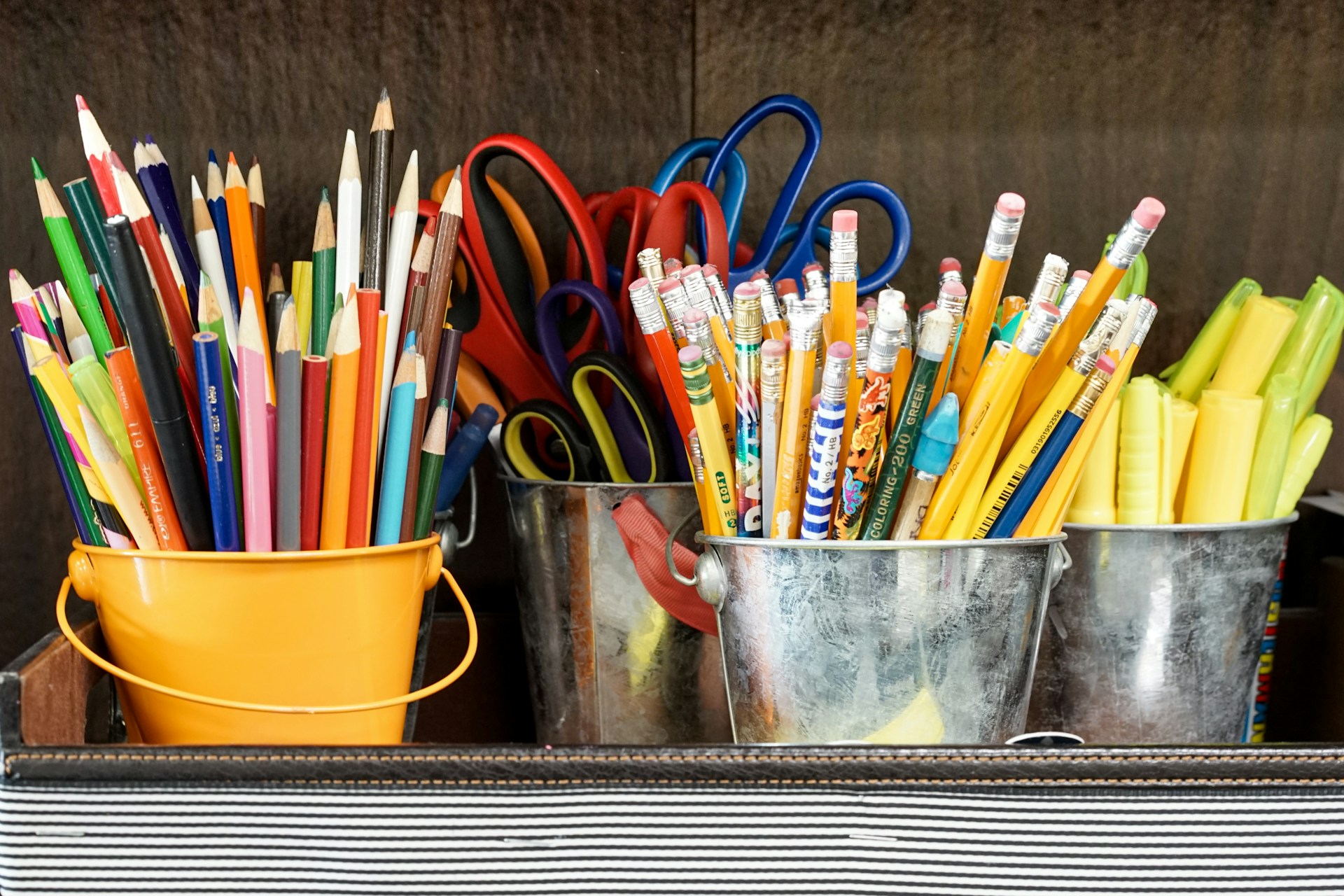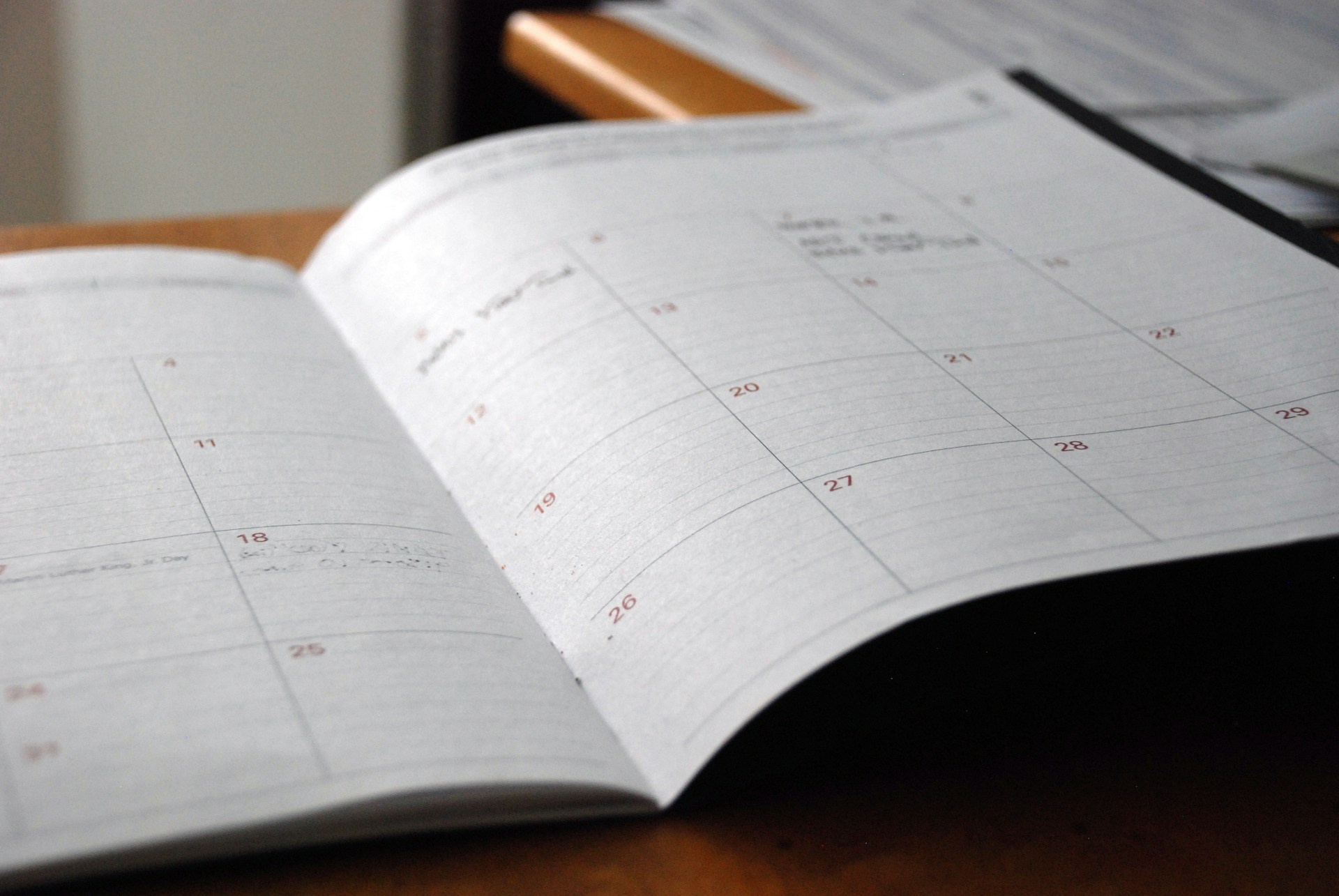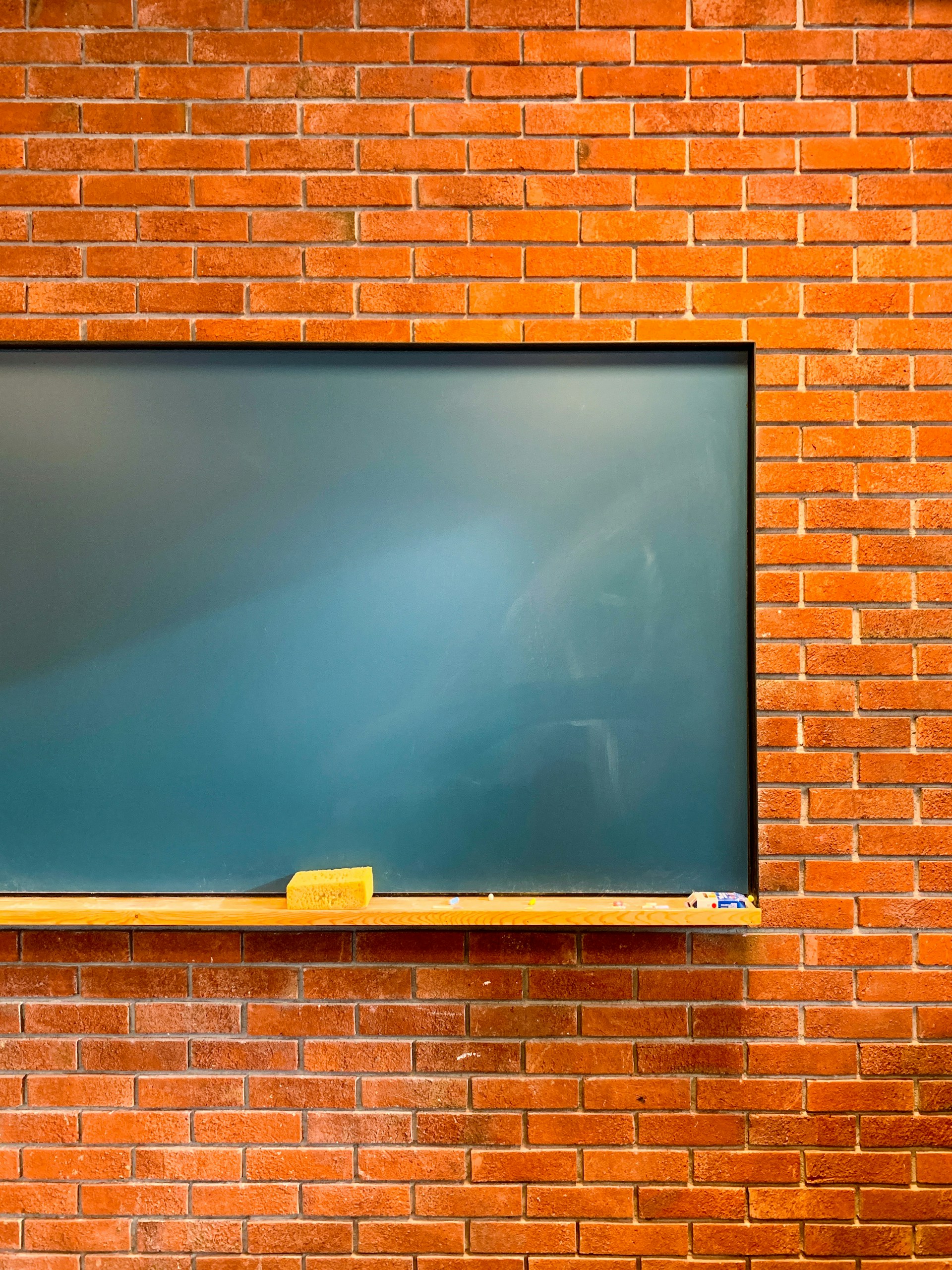As a new teacher, diving heads first into lesson planning can be challenging. Even for experienced teachers, planning lessons can be a daunting task.
It can be difficult to know where to start but with the right tools, you can become a confident and prepared teacher who can focus on what really matters – inspiring your students.
We have compiled 5 easy to implement lesson planning tips for new teachers to take their teaching to the next level.

